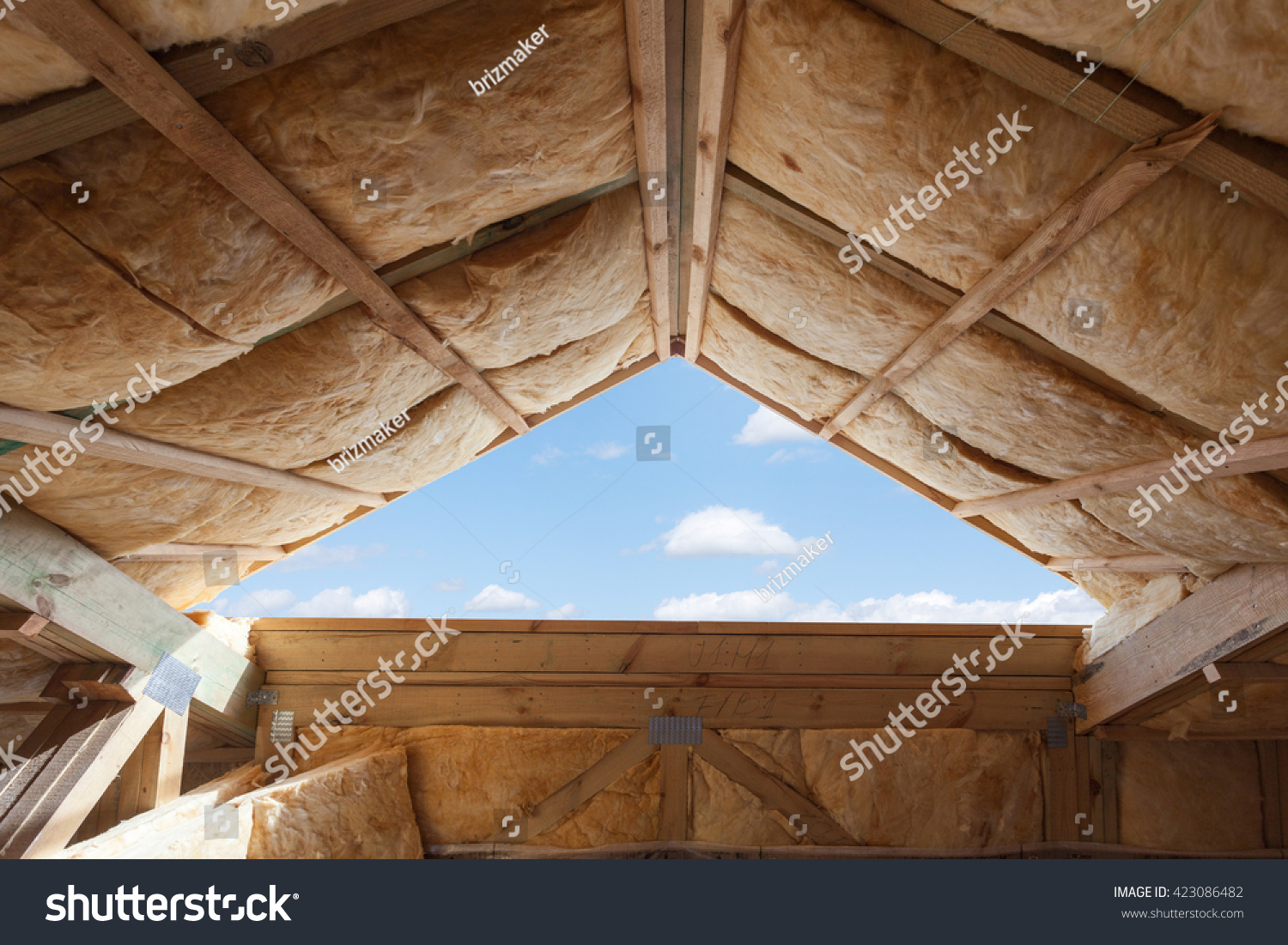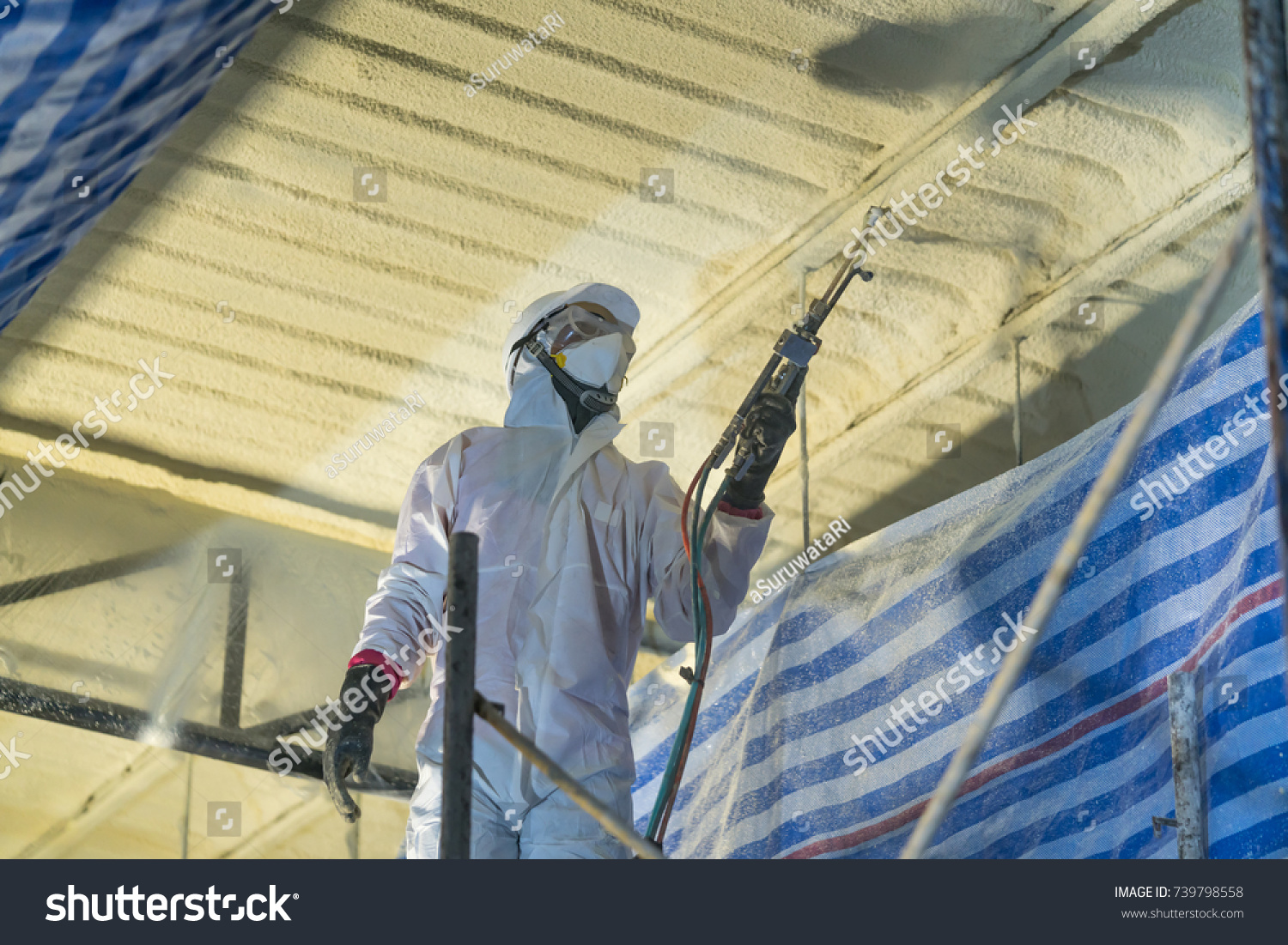Rigid Foam vs Fiber Glass Which Insulation Is Right for You

Using insulation in your home is very important. Regardless of the material you use, insulation allows you to keep the temperature of your home constant and helps keep unwanted noises out. A well-insulated home is energy efficient and can even be safer if you incorporate fire-retardant materials.
The two most common types of insulation are rigid foam and fiberglass. Both materials are designed for residential use and will cover your home well. However, the difference in the properties of both materials, as well as their methods of installation, means that they have their best use cases.
In this article, we will dive deeper into the differences between rigid foam and fiberglass to find the best option for you:
Rigid Foam
Rigid foam insulation is ideal for sealing gaps and air leaks and can be imbued with fire retardant properties to minimize fire damage. During construction, they are typically attached to the exterior walls as sheathing before installing the house wrap. Because it is highly resistant to moisture, the foam is best for basement wall insulation. Rigid foam is also used to regulate the temperature in floor heating systems. They do not split or crack and can be cut or shaped whichever way you need it.
Rigid foam is often sold as sheets or large bundled panels and is generally made from polyisocyanurate, extruded polystyrene, or expanded polystyrene.
Fiberglass
Fiberglass excels at regulating temperature and is usually used to prevent heat loss in attics and roofs. Because it is not as good as rigid foam with moisture, manufacturers often add a sheet of kraft paper on one side as a vapor retardant. Called Faced Batts, these are used to fill the gaps between exterior walls, except in the basement. These are usually preferred in new construction when the walls are not yet attached. Faced Batts of fiberglass insulation should not be exposed because the paper side is flammable, which is why contractors cover it with drywall.
Fiberglass is sold in thick batts or rolls and comes either faced or unfaced. Unfaced batts are usually used to insulate attics where moisture is not a concern. It also deadens sound well and is typically used in between stories to decrease sound transmission caused by movement.
When installing fiberglass, workers need to wear the right personal protective equipment because the material can irritate the skin and eyes, and it should never be inhaled. During the installation, make sure to wear a respirator, eye protection, long sleeves, and pants.
Which material is better?
Truth be told, they are best when used together as you utilize their individual strengths. Rigid foam is flexible, easy to install, and resistant to moisture. It is best used on exterior walls along with home wrap to prevent moisture from seeping into your house via the porous surface of the walls. It can also have fire retardant properties, keeping you safer in case of a fire.
Meanwhile, fiberglass is an excellent thermal insulator. It helps you keep your house cooler in the summer and warmer in the winter. As a result, you stand to recoup your installation expenses via your energy savings.
Conclusion
Both rigid foam and fiberglass will serve your home well, provided that you understand their best use cases. To ensure that you are using a suitable material and installing it properly, you should only work with reputable local contractors.
At Atlas Insulation, we provide a wide range of insulation solutions, including rigid board installation services in Doral, FL. Unlike other insulation types, rigid board insulation isn’t soft and easily torn. Rigid board insulation uses strong, dense foam boards that easily install along your property’s walls and ceilings. They offer excellent durability due to their dense foam properties. Get in touch with us today to see how we can help.
.png)





